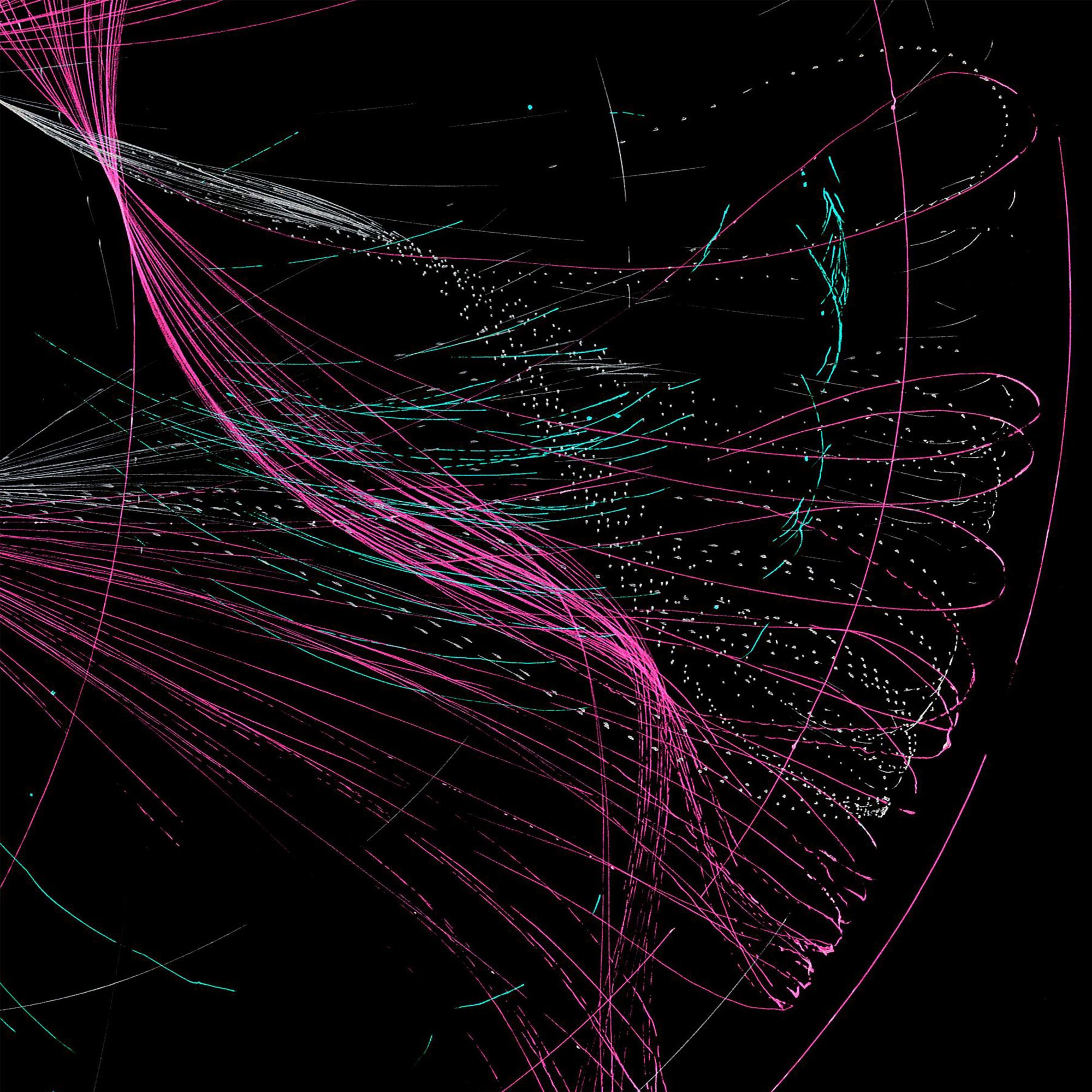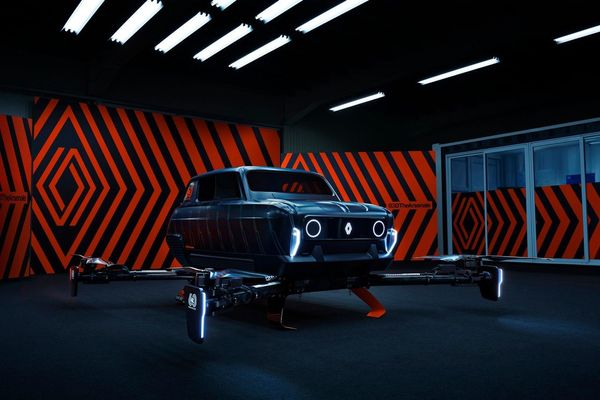Debrecen was shaken up by an exciting cultural event. The city hosted Europe’s first hackathon aiming to create generative works. The engineers, researchers and artists who arrived at the competition were looking for answers to a pressing problem of climate change. Seven teams competed with leaders such as BarabasiLab, Nikita Freeboid, Judit Navratil or Péter Weiler. Let’s take a closer look at the project Péter was leading! Interview with artist Péter Weiler on the occasion of the NFT DEB Generative Dimensions generative hackathon and conference.
The composition of the team was largely a matter of chance. Professionals from the fields of technology and crypto were assembled on the axis of Dubai, Berlin, San Francisco, Ontario and New York. “It is quite amazing that a Hungarian initiative can have such a wide reach,” said Péter, who also invited his former schoolmate to join the team, whom he met at the School of Visual Arts in New York and who is an expert in sound visualization.
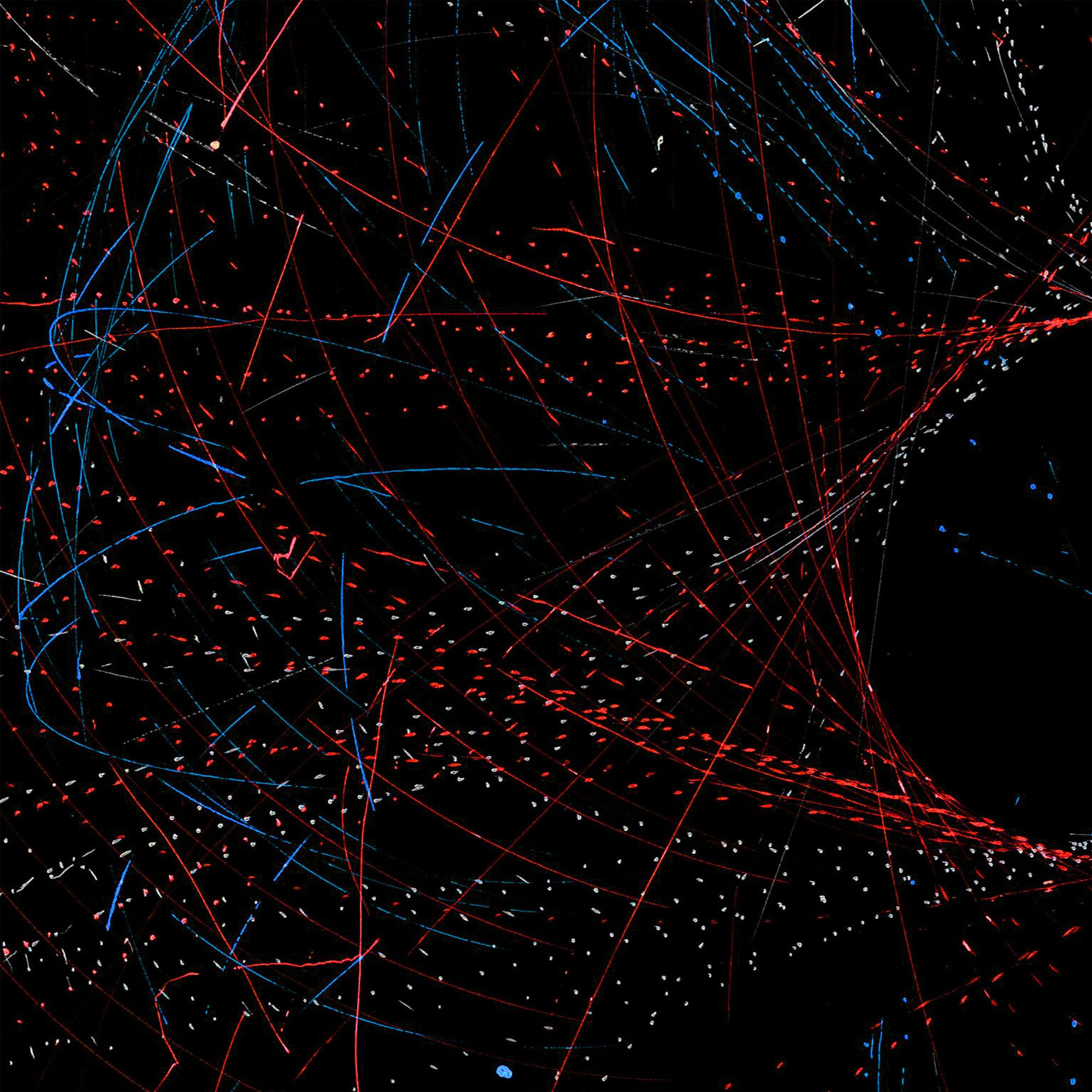
The main theme of the hackathon was the bird migration crisis. The most exciting thing about the project was that each team started from the same point but came up with a completely different result. The artistic interpretation of the problem gave the teams great freedom; also, the use of technology and the vision took them in an utterly different direction.
“Our goal was to ensure that the resulting works were interesting enough to make the recipient want to learn more about them. Essentially, we have built the portal to the theme, and if someone “enters,” they can immerse themselves in the environmental and ecological aspects of it. We make the audience aware of how deep and rich the topic is. In addition, through the Hortobágy, the country has a personal involvement in the migration of cranes and its negative changes.”
Péter Weiler has already used the surrealistic-looking generative drawing machine in several of his performances. However, the idea has now really borne fruits, as both the technique and the topic were perfect. “We played the sounds of the cranes to the machine and got such exciting, unrepeatably unique line drawings and generative creations.”
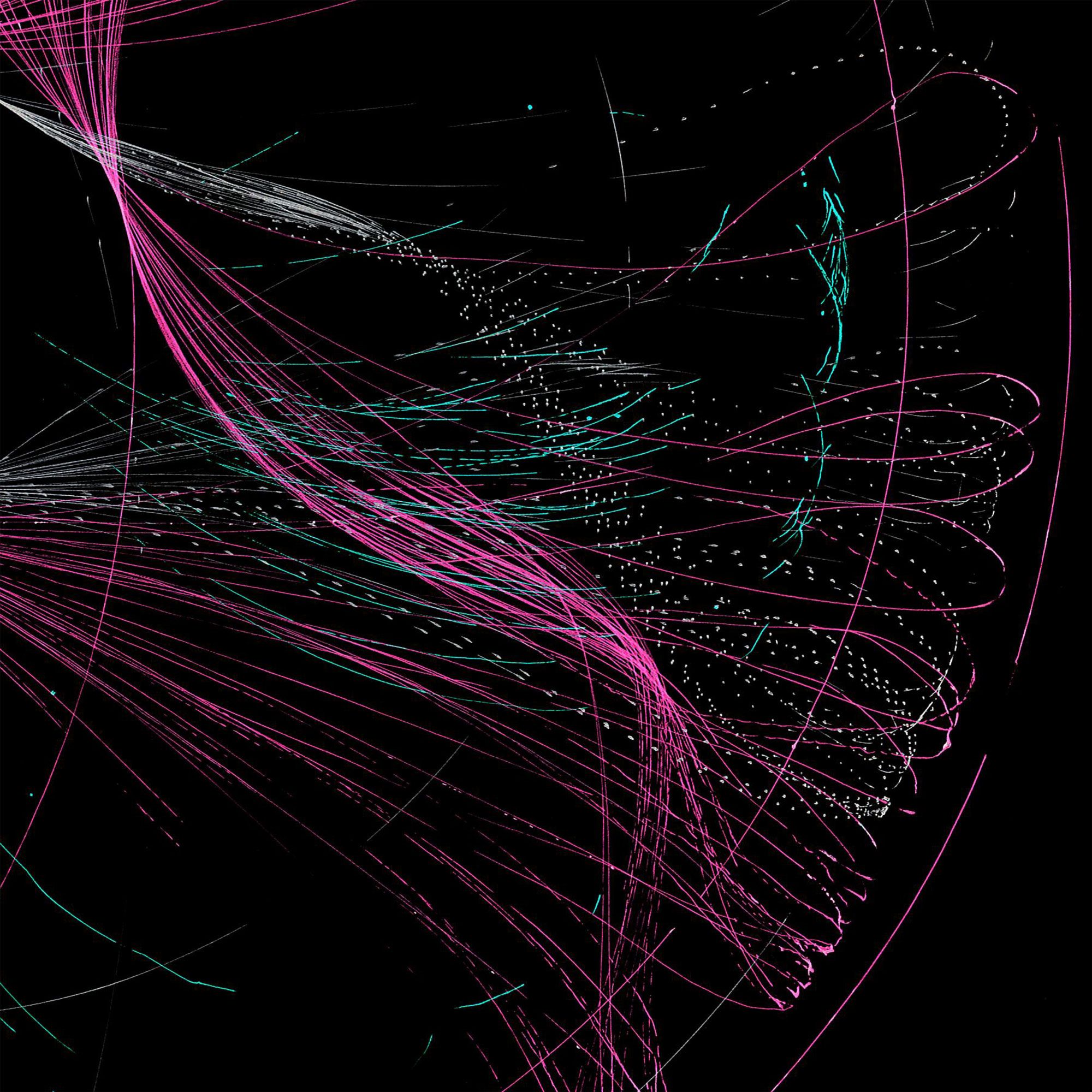
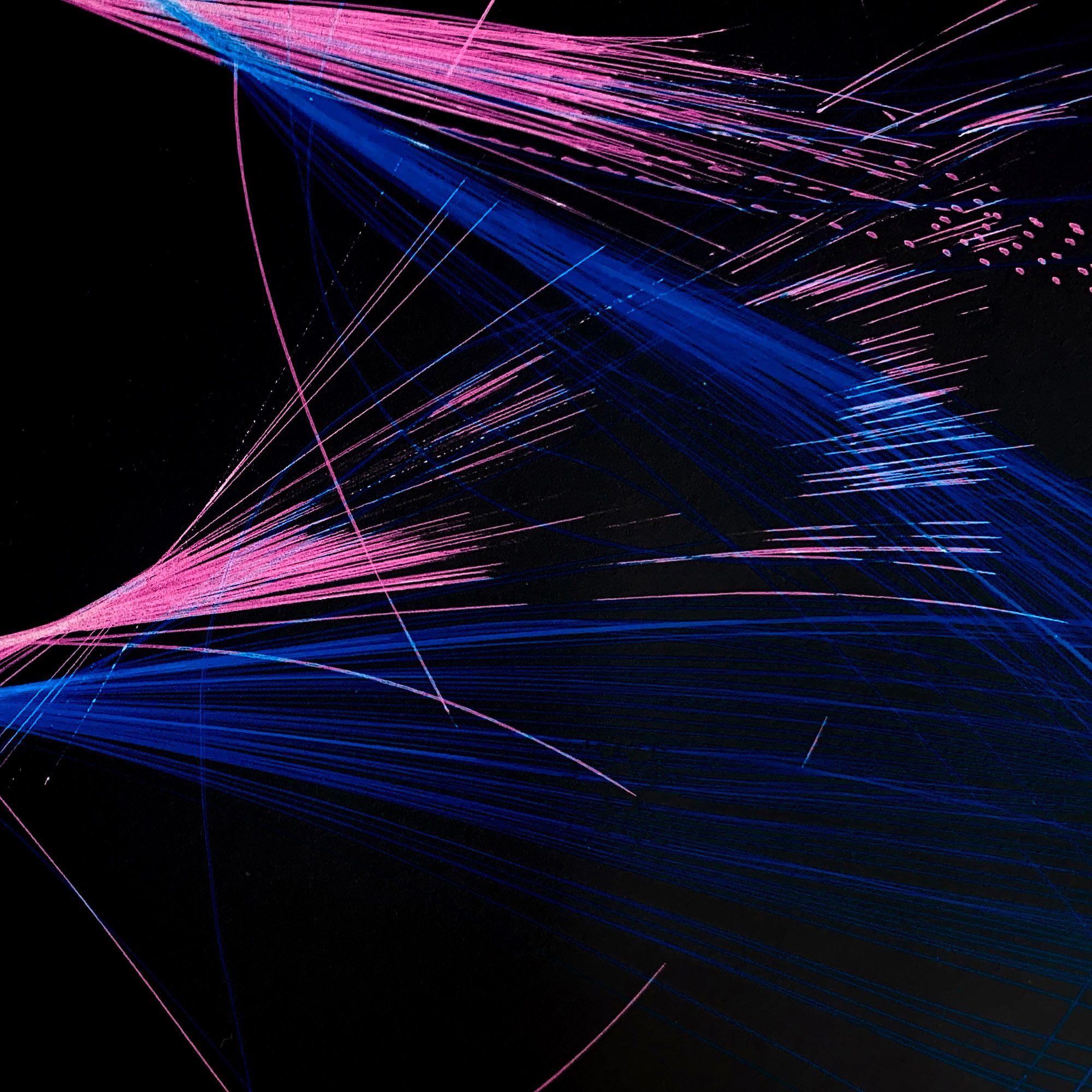

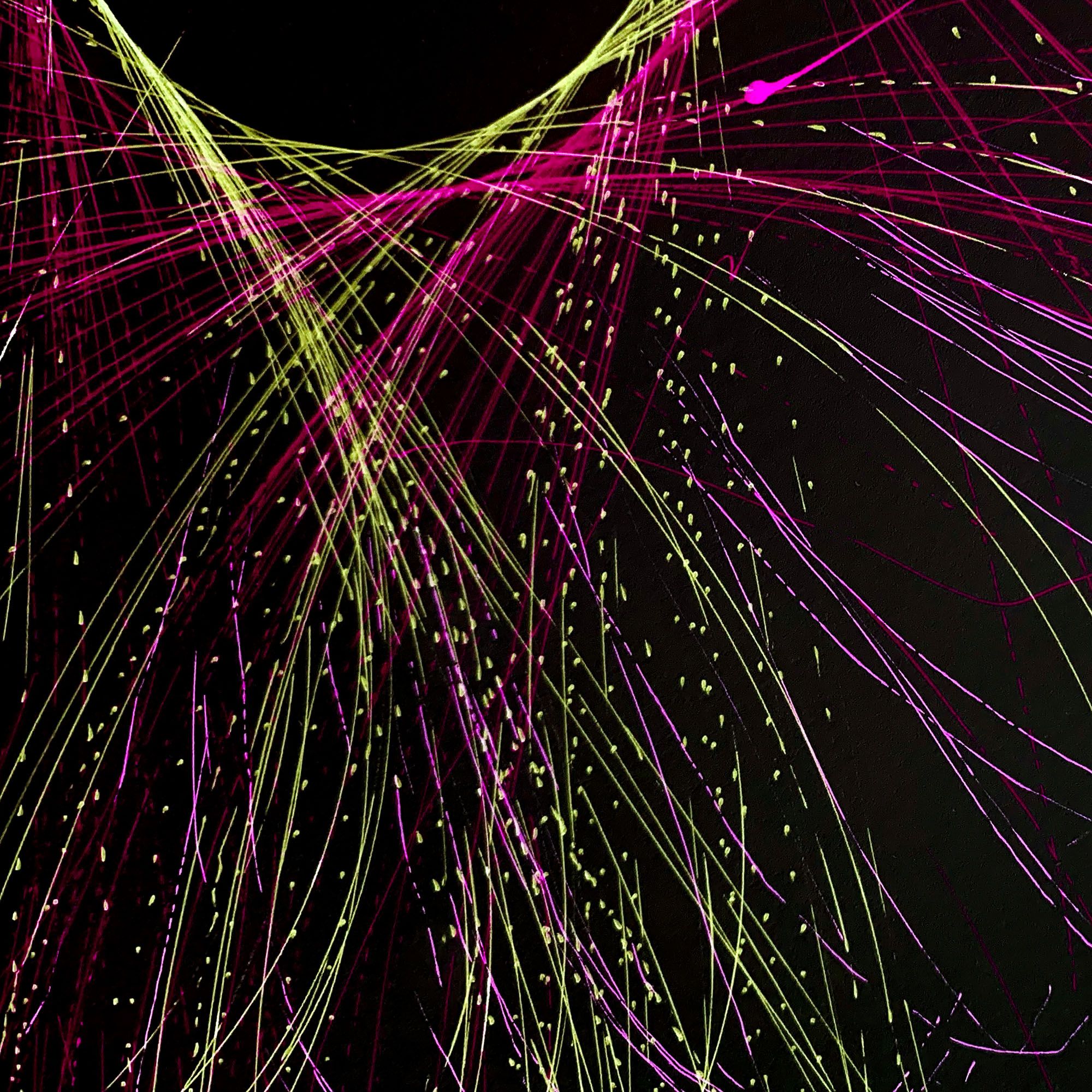
“Four years ago, at a techno party, I had the idea that it would be great to somehow draw down the sounds and beats I heard there. To realize it, I needed my friend Norbert Ferencz, with whom we figured out how to do it by combining an eighties disco lamp, pinball machine parts, reels and a turntable. The machine splits the sound into high, mid and low pitch, and then, in time to the right pulse, pens attached to the arms draw a line. Depending on the movement of the paper, the drawing becomes even more exciting, and in each case unique.”
The other half of the team, led by Nayven Vignette, broke down the sounds of the cranes into software spectrums. These images were then further decomposed into colors, gradients using Max/Jitter process control, and with some randomness, new images were born.
“When we saw the first pictures, we suddenly all shouted that, wow those are the birds flying above the lakes of Hortobágy. We saw the water, the waves and the cranes in the air.”
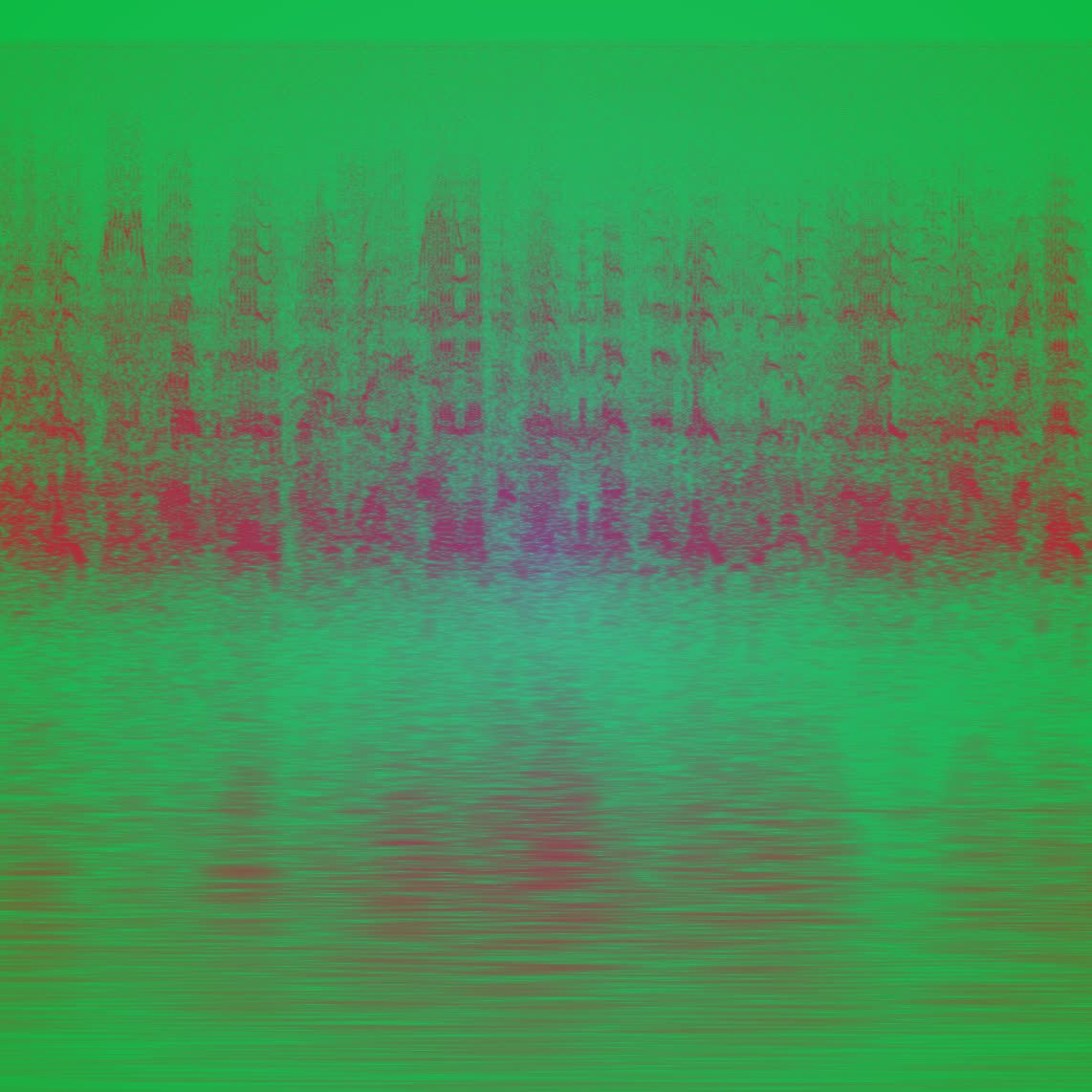

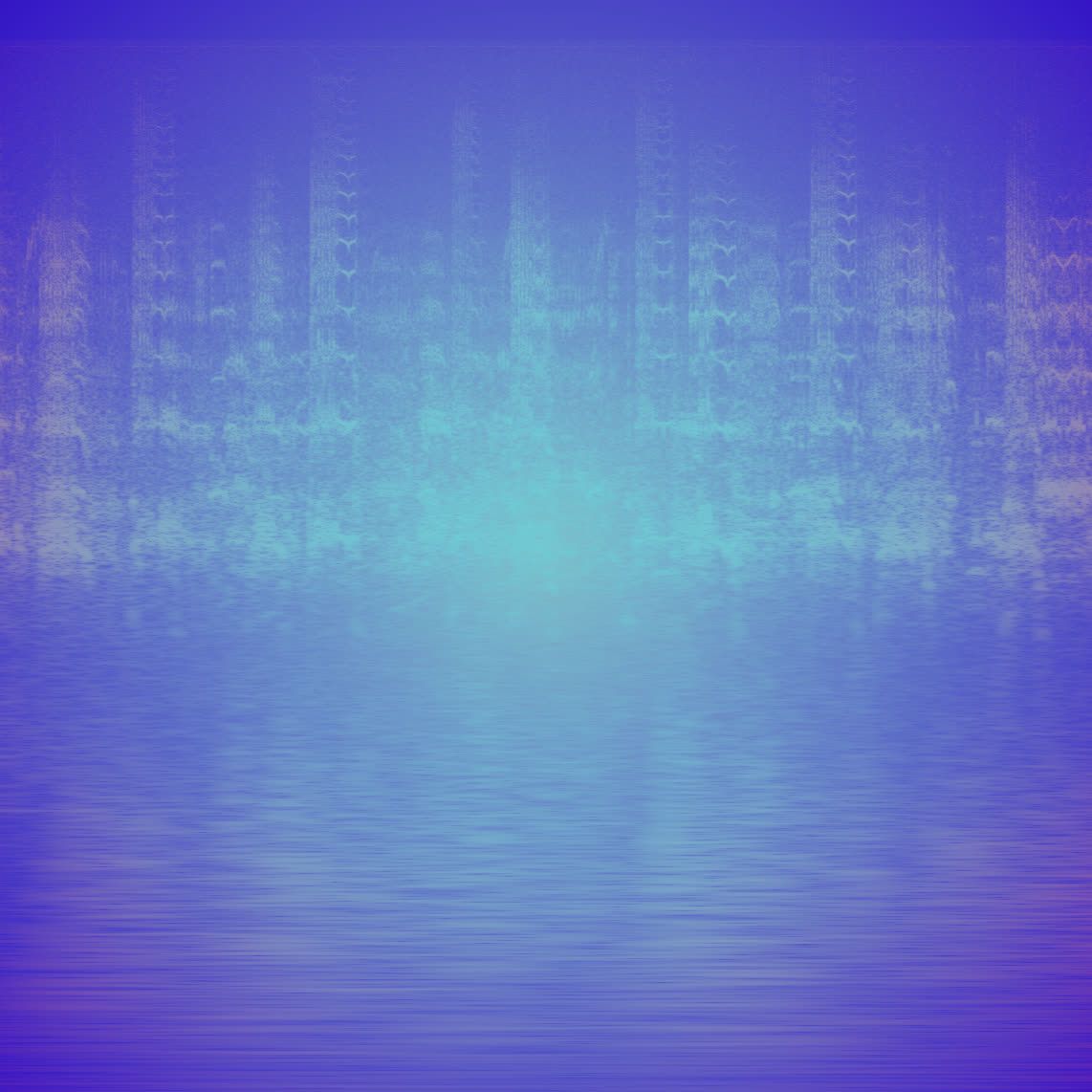
In the video that resulted from the project, along with the sound of the migrating cranes of the Hortobágy, you can hear children’s voices. Eleven young Indian children tell their thoughts about nature below the more exciting images created by generative processes.
“When the drawing machine and the sound spectrum analysis images were created from the crane footage, one of our team members, Hailey Gu, pitched the idea that we could try the same thing with human voices. Specifically with the voices of the next generation. Another team member Trevor Dsouza from India asked the children of his relatives and friends to say a few sentences about why they love birds and nature. These little sound bites were then turned into beautiful drawing machine material,” adds Péter, who thinks it would be exciting to gather more children’s voices of different nationalities and continue this part of the project in the future.
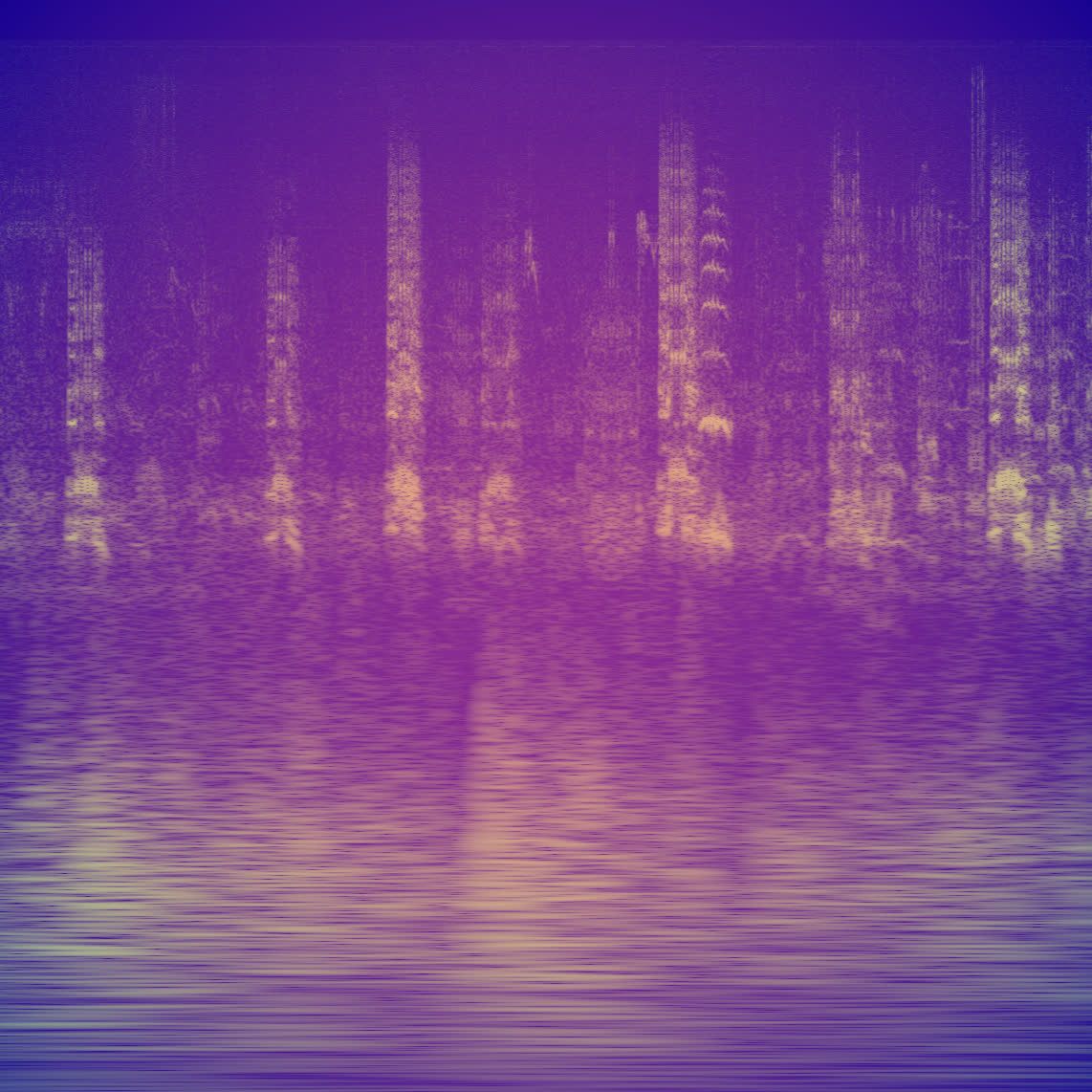
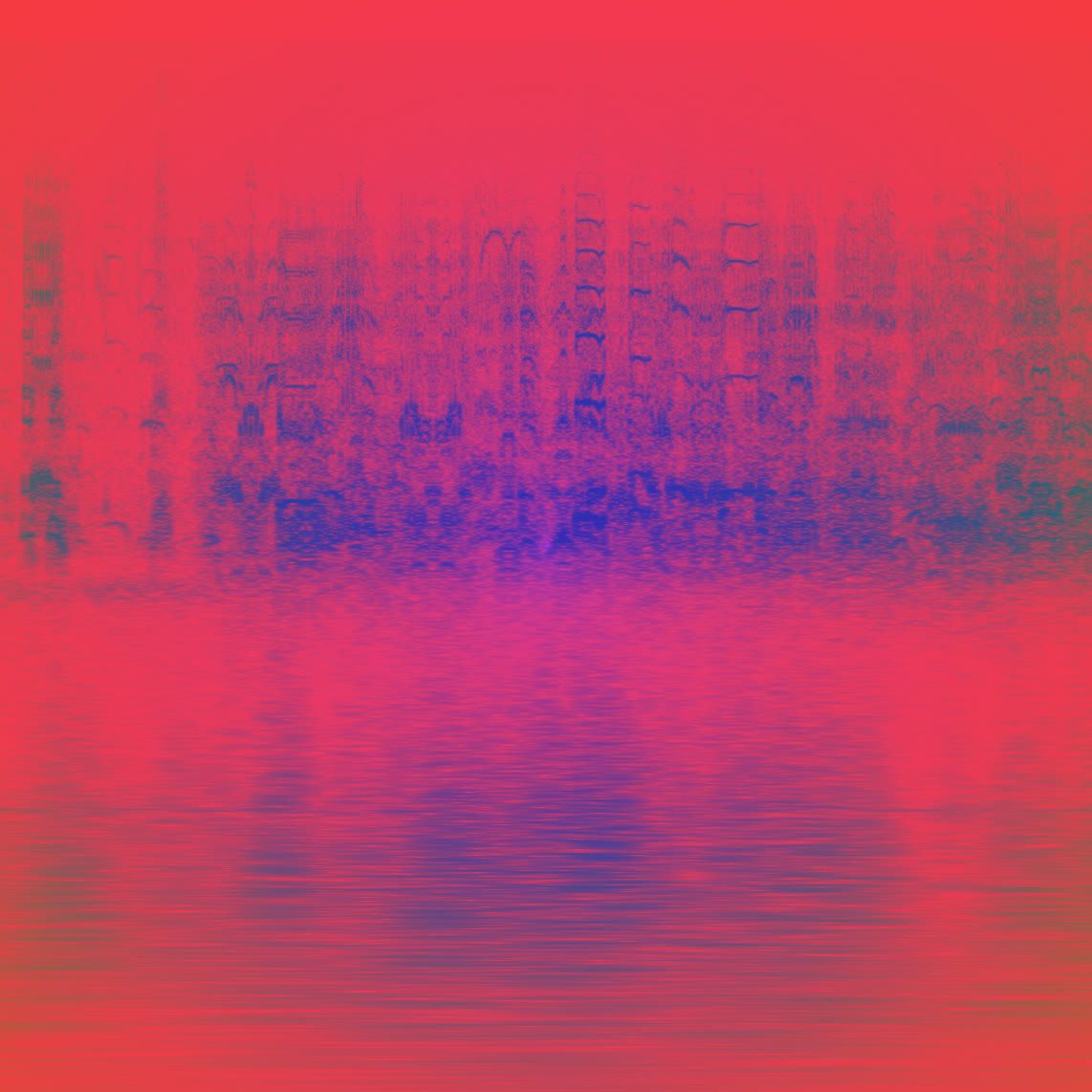
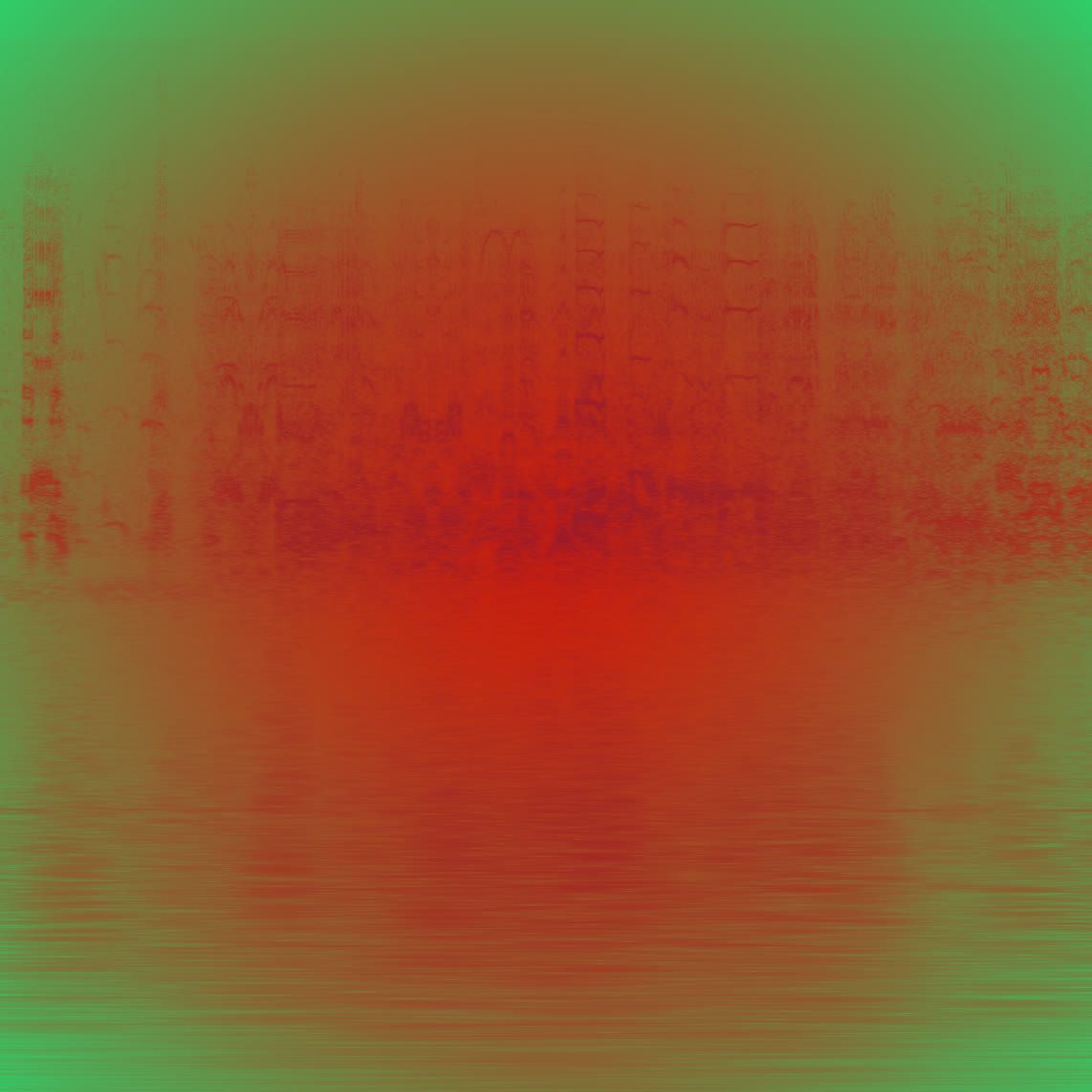
“A hackathon is a very future-proof form of collaboration, which is now even more exciting in the context of NFT, with art and technology coming together,” says Péter, who was experiencing his first hackathon.
“The power of community and the desire to learn from each other builds creative teams across continents. The shortness of time brings everyone together and inspires everyone to work. The world has changed a lot in this way, too, with zoom communication becoming part of our lives. No one has a problem getting the most out of remote working. And that’s why the NFT world is amazing because it knows no physical borders. It also combines art with technology (as visual artists) we create on the same platform with programmers. What is this if not the art of the future?”
Team members: Joel Angeles, Trevor Dsouza, Hailey Gu, Alex Gaber, Nayven Vignette, Charles Xavier and Péter Weiler
NFT DEB Generative Dimensions | Web | Facebook | Instagram
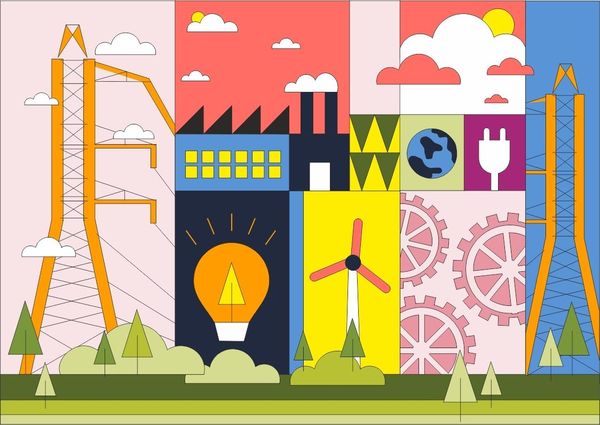
The shift towards green solutions may also have a positive impact on the job market | Interview with Dr. Veronika Czakó










